Cleft Lip & Cleft Palate Surgery in Houston, TX
Comfortable, Affective Cleft Solutions from Your Greater Houston Oral Surgeon
If your child has clef lip or palate, you are likely worried about their health and development, but you may not even know where to get started helping them. If you live in the greater Houston area, the oral surgeons at Piney Point Oral & Maxillofacial Surgery can help you understand the condition and get your child the care they need to ensure they grow up healthy and smile happily. When you’re ready to find out more, you can keep reading to get some of the basic information about cleft lip and cleft palate surgery in Houston, TX. Our Houston oral surgeon and team will be happy to answer your questions or schedule a consultation visit, so don’t hesitate to contact us. We’re here to help.
Understanding Cleft Lip & Cleft Palate

Orofacial clefts typically occur due to the congenital development of tissue gaps in the roof of the mouth, along the dental arch, or on the lips. When facial abnormalities occur during development, kids may experience difficulty with many basic daily functions. This is especially impactful during early development for infants and toddlers. When only the soft tissues of the face are involved in a cleft, it is likely a cleft lip. This type of cleft is a small gap or indentation in the lip, or it can continue into the nose. Lip cleft can occur as one sided or two sided. Cleft palate is a large gap or a small hole in the roof of the mouth and may involve both hard and soft palates.
Cleft Palate & Cleft Lip Complications
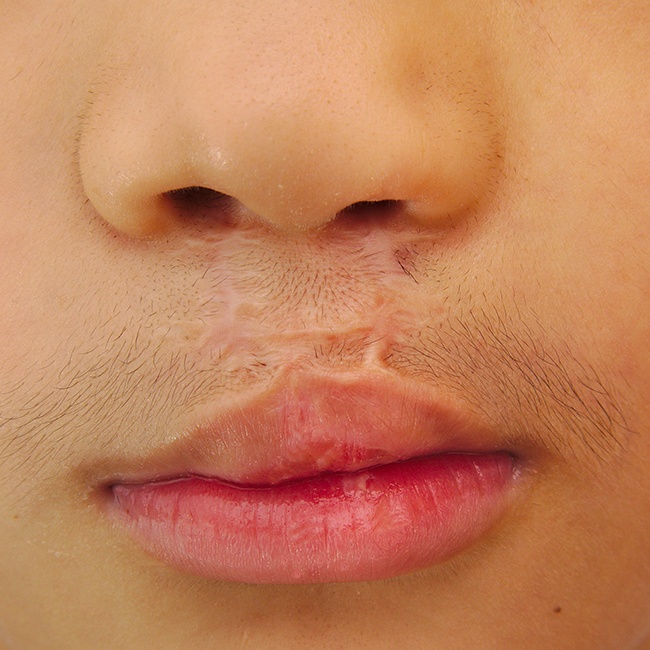
Cleft lip and cleft palate may cause concern with infants and toddlers during their development that can involve feeding, earaches and hearing loss, speech difficulties, as well as the negative impact on early socialization often associated with abnormal development. In addition to cleft repair surgery, cleft lip and palate patients may require other medical treatments and condition management to address these complications. Some of the common complications of cleft palate and lip include:
- Feeding issues – in the earliest stages of development, infants with cleft palate (with or without cleft lip) often have difficulty obtaining enough intraoral pressure for sucking and extracting liquid during feeding.
- Choking – in addition to difficulty feeding, food and liquids may go up the infant’s nose and cause choking due to malformation of the sinus passages.
- Ear infections - almost all cleft patients will have some type of chronic ear infections. The Eustachian tubes, which connect the ears with body, and the external ear canals may be angled or tortuous, leading to food, mucus buildup, or other substances contaminating this part of the body, which is normally self-cleaning.
- Speech difficulties – most cleft palate patients also have difficulty with speech, specifically the pronunciation of certain vowels. Both the lips and palate have important roles in speech because air going into the nasal cavity gives speech a hyper-nasal tone.
Learn More About Possible Complications of Cleft Palate
Causes of Cleft Lip & Palate

During pregnancy, your child develops their lips and palate in the second or third month. The cells that develop these structures fuse together, creating orofacial structures and preparing your child for the outside world. Sometimes, the cells do not fuse properly, leading to a cleft in the palate or lip.
There is no one cause, but in many cases, a cleft lip or palate is due to genetic factors passed down through a gene from the mother or father. Even if the parent was born without a cleft, they may still have the gene, and they are at higher risk of having a child with cleft lip or palate. Sometimes, environmental factors for the expecting mother, like smoking or inadequate levels of folic acid, may contribute to the defect. Whatever the causes of cleft lip or palate, our caring team and trusted oral surgeons in Houston will be happy to provide effective treatment to repair clefts.
Risk Factors for Cleft Palate & Lip

Some of the risk factors associated with the development of cleft palate and lip include:
- Family history
- Substance exposure (alcohol, smoking, medications, etc.)
- Diabetes
- Obesity
Cleft Prevention

It’s not possible to avoid clefts altogether. However, for parents who are trying to get pregnant and those who are newly pregnant, there are a number of steps you can take to reduce the chances that your child will develop cleft lip or cleft palate. This is especially important if the mother or father was born with a cleft. Your diligence can help to ensure your child gets off to the best possible start in life! Some steps you can take include:
- Taking prenatal vitamins and folic acid supplements daily
- Managing your weight
- Avoiding habits like smoking and heavy alcohol consumption
- Visiting your doctor regularly for prenatal care
- Confirming with your doctor that medications you take are safe for use during pregnancy
- Making sure your vaccinations are up to date
Learn More About Cleft Prevention
Types of Clefts
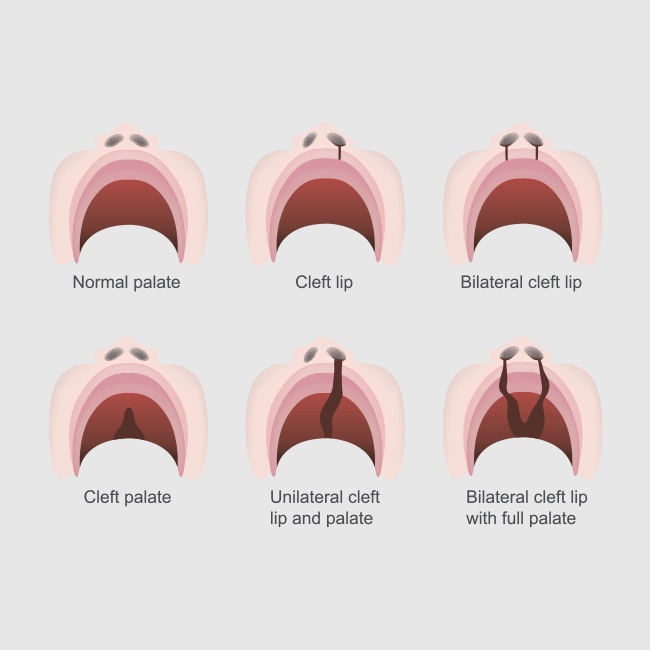
When it comes to understanding orofacial clefts, there are some basic terms we need to review. There can be either unilateral or bilateral clefts. As the names imply, unilateral clefts only impact one side of the mouth and bilateral clefts impact both sides of the mouth. In addition to unilateral and bilateral clefts, there are also complete and incomplete clefts. Incomplete cleft lips stop before reaching the nose and complete cleft lip extends to the nose. Similarly, incomplete cleft palate is small hole in the tissue on the top of the mouth, and a complete cleft palate is very large gap in the top of the mouth that often leads to a cleft lip.
The five most common types of cleft are:
- Cleft palate only
- Unilateral cleft lip – a cleft on one side of the lip (complete or incomplete)
- Bilateral cleft lip – a clef on both sides of the lip (complete or incomplete)
- Unilateral cleft lip and palate – A cleft that extends from the palate to the lip on one side of the mouth
- Bilateral cleft lip and palate – A cleft that extends from the palate to the lip on both sides of the mouth
Diagnosis & Treatment of Cleft Lip & Palate
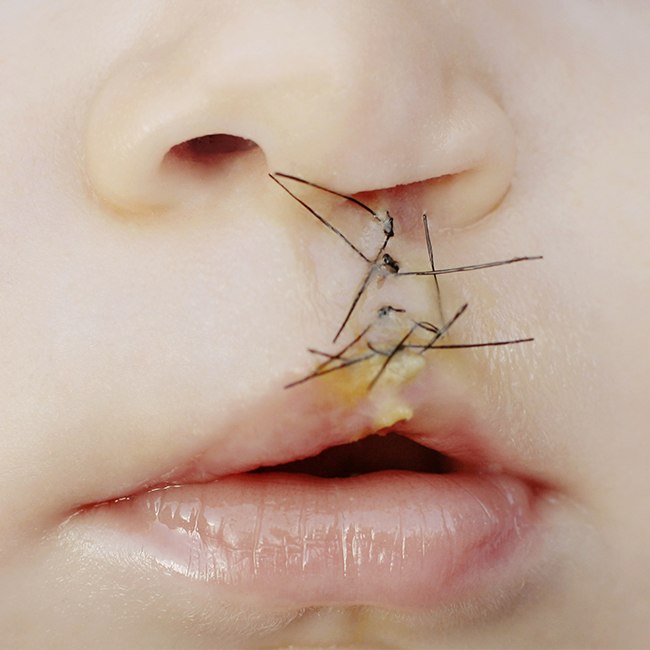
At Piney Point Oral & Maxillofacial Surgery, we work with a team of multiple specialists to improve the quality of life for cleft lip and palate patients. Normally, an otolaryngologist, an oral and maxillofacial surgeon, a plastic surgeon, an orthodontist, a nutritionist, and a speech pathologist are all members of the team who will work with patients and parents to create a healthier, more functional smile.
To get started, we will plan to repair your cleft surgically in our oral surgery office. Soft tissue procedures to repair cleft lip only are usually completed early in development (before the first birthday) to limit scarring and improve overall oral and maxillofacial development. For more advanced clefts, we may perform alveolar bone repair. This surgical procedure is deftly completed with minimal discomfort by our oral surgeons at Piney Point Oral & Maxillofacial Surgery. We usually wait until between the ages of eight and twelve to perform more advanced cleft palate repair procedures as the adult canine teeth are begging to develop. This ensures the surgical intervention will not interfere with the development of healthy adult teeth. However, if an infant or toddler shows significant difficulty with eating, speaking, or chronic health concerns associated with clef, we may perform a procedure earlier on to improve function.
Frequently Asked Questions
Still have some questions about cleft lip or cleft palate? Our caring team of specialists and oral surgeons in Houston would love to answer them. Please don’t hesitate to give our oral surgery office a call. Below, we’ve provided answers to some of those questions our oral surgeons and team members hear most often about clefts.
How common is cleft lip or cleft palate?

Cleft palate with or without clef lip occurs once in one in 1,000 live births. Cleft palate and lip are most common in the Native American and African American populations, but research suggests orofacial clefts are more preventable during gestation for the Native American population. About 20% of clefts only affect the lip and 30% only affect the palate. The remaining 50% of clefts are combined.
Why does cleft lip & palate occur?

Clefts occur very early in the pregnancy, during the first three months as the cells that make up facial tissues are forming. In most cases, one or both parents’ genetics determine whether or not a child will be born with cleft lip or palate, but environmental factors are also impactful. The mother drinking, smoking, lacking good, nutritious foods, and other elements will play a role in determining whether or not a child (with or without the genetic predisposition) develops a cleft, so talk to your doctor about preventive steps you can take during pregnancy.
Why is surgical intervention for cleft lip or palate performed?

One of our oral surgeons may recommend surgical cleft repair if your child is having difficulty while bottle or breastfeeding. Feeding difficulties prevent the child from consuming adequate calories and nutrients. As your child begins to speak, clefts can cause significant impediment and lack of clarity, during communication. Clefts may also adversely impact the development of properly aligned teeth, and they have been connected to chronic ear infections and hearing problems.
At what age should cleft lip or palate be repaired?

We often perform soft tissue only cleft lip repair for very young patients when they are infants or toddlers. For more serious complete cleft palate or a combined cleft lip and palate, it may be advantageous for our team to wait until the age of eight or older to perform the surgery. This allows us to see how the teeth are developing and ensure our corrective surgery does not unnecessarily impact healthy dental development.
Who performs the surgery?

One of our trusted oral surgeons in Houston on the Piney Point Oral & Maxillofacial Surgery team will perform the procedure, but we always take a team approach to your treatment plan. We may also work with specialists, including a plastic surgeon, audiologist (hearing doctor), anesthesiologist (sedation), orthodontist and a general dentist, and in many cases, an otolaryngologist (ear, nose, and throat doctor).
How is cleft lip or palate surgery done?
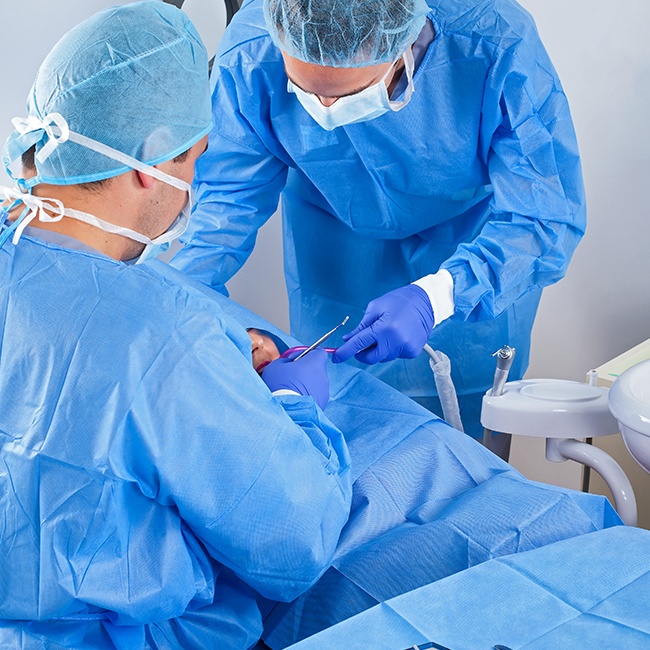
The procedure itself involves closing the gap in the bone or soft tissue. This will typically require a tissue graft. Depending on the complexity of the case and individual needs, we may harvest tissue from other parts of the body, utilize donated tissue, or place synthetic tissue.
Is a cleft palate or lip dangerous?

For the most part, there is no pain or discomfort caused by clefts, but there are dangers that arise later in life. Chronic ear infections, airway obstructions, speech difficulties, and struggles with consuming foods are all common side effects of cleft palate and lip. It’s almost always best to seek treatment for these conditions in childhood to ensure healthy development.
Does cleft lip or palate affect facial and dental development later in life?
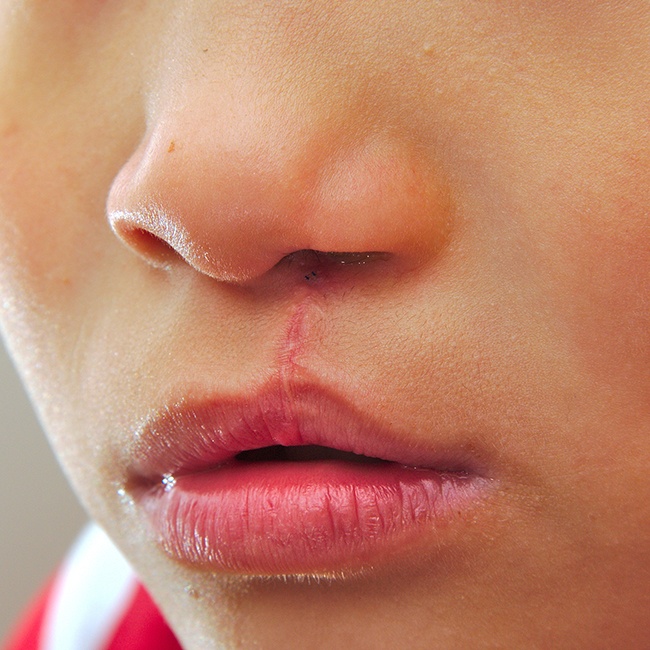
Many people with cleft lip and palate have upper jaw restriction later in life due to the narrowness of their palates after cleft repair. They may also have an underdeveloped dental arch and abnormal height. This condition often causes people to develop an extreme underbite. When the person is around 16 to 19 years old, orthognathic surgery to correct jaw deformities is often recommended.
Additionally, phase 1 orthodontics may be recommended for children who have cleft palate or lip repair. This early orthodontic intervention helps the teeth to develop closer to proper alignment, making it easier for orthodontists to create the ideal alignment of individual teeth and the full bite later. Palatal expanders are the most common phase 1 orthodontic treatments recommended for kids who have clefts. These orthodontic appliances are used to expand the palate, ensuring there is adequate space for the development of healthy adult teeth.
How long does cleft palate or lip surgery take?
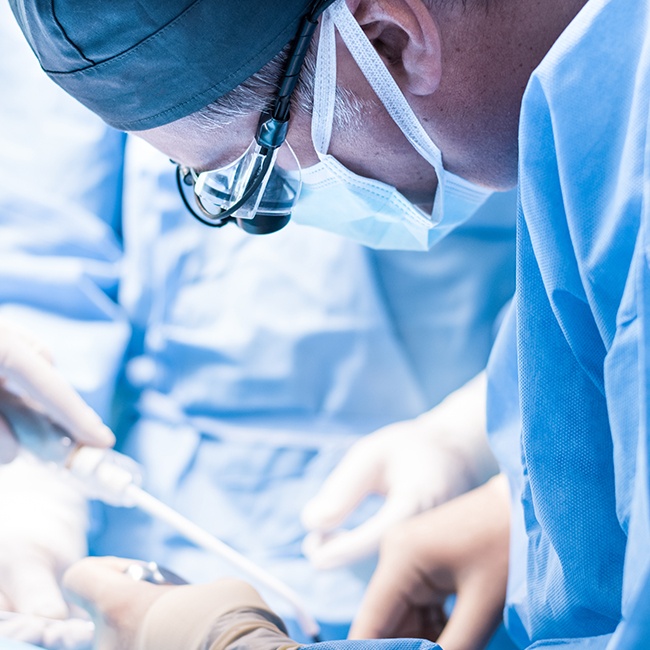
Depending on the complexity of the case, cleft surgery will take two to six hours. During the planning stages of your child’s treatment, one of our oral surgeons will explain the process to you and provide a basic estimate of surgery time.
How long does cleft lip or palate surgery take to heal?

Most kids will be back to their usual activities in about a month. In the long term, there will likely be some discoloration and minimal scar tissue visible after your child has fully recovered from the cleft lip or palate procedure.
Will my child be uncomfortable during cleft surgery?

Not at all. There are several procedures that may be necessary to correct a cleft lip or palate at various stages throughout your child’s development, but in our office, oral surgery is completed with modern anesthesia and sedation, which ensures that your child will be completely comfortable and unaware of what is going on around them.
What is the cost of clef palate or lip surgery?

The cost of cleft surgery is entirely dependent upon the individual situation, and one of our knowledgeable team members will walk you through the costs before we get started with your child’s treatment plan. In most cases, these procedures receive coverage through medical and dental insurance policies, and we are able to help you maximize these benefits to offset out of pocket costs.
Wisdom Teeth Extractions Oral & Maxillofacial Pathology Oral Cancer Orthognathic Surgery Dental Implants Pre-Prosthetic Surgery Facial Trauma Treatment Apicoectomy Surgery TMJ Treatment Corrective Orthodontic Surgery Sleep Apnea Treatment Anesthesia & Sedation Dentistry Cosmetic Facial Treatments Dental Emergencies View Our Services

